Closed Form |
Open Form |
| |
|
Volume |
|
| Opacity: In these
closed form examples the sculptures are solid volumes which are
isolated from ambient space. |
Transparency:
In these open form examples, the sculptures use lines and planes
to replace solid volumes and enclosing surfaces. |
| Closed
Form Examples: |
Open
Form Examples: |
| Duchamp-Villon,"Head
of Baudelaire", 1911 |
Naum
Gabo,"Head #2", 1916 |
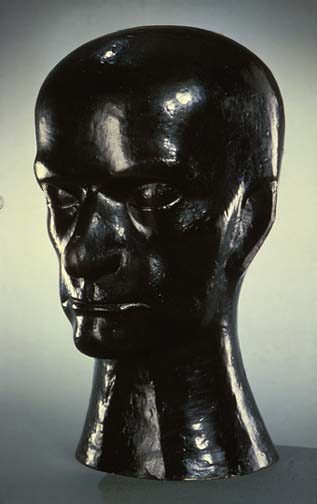 |

|
Henry Moore,"Upright Form", 1966 |
Naum Gabo,"Linear Construction # 4", 1959 |
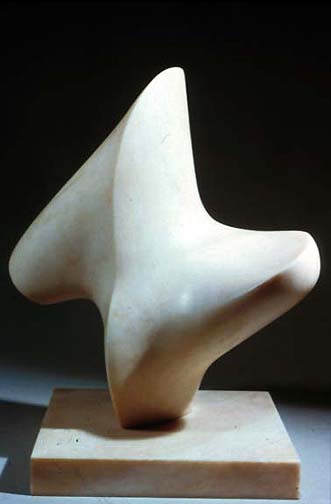 |
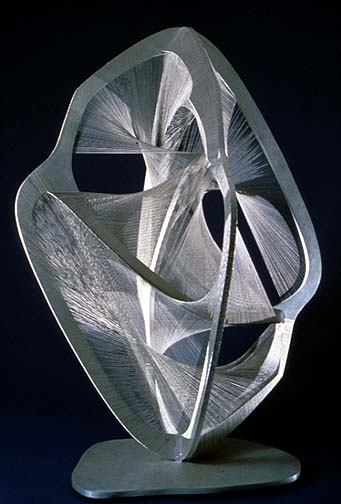 |
Contours |
|
| In this closed
form example the sculpture has contours that seem to enclose
the form and act as a barrier. |
In this open
form example, the contours seem to belong to both the positive
and negative space (whose edge is it?) |
| Closed
Form Example: P. Feeley,"Denobia" 1965 |
Open
Form Example: A. Calder, Whale", 1937 |
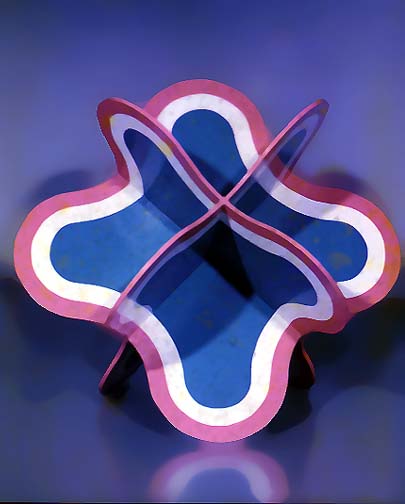 |
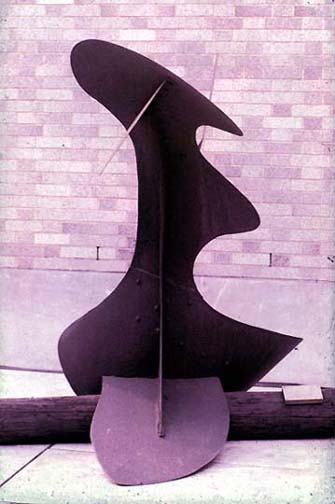 |
| |
|
Shapes |
|
| This closed form
example has shapes that remain contained unto themselves. |
This open form
example has shapes that appear to reach out and cradle space. |
Closed Form Example: Tony Smith, Untitled, 1969 |
Open Form Example: A. Calder,"Trois Ailes", 1963 |
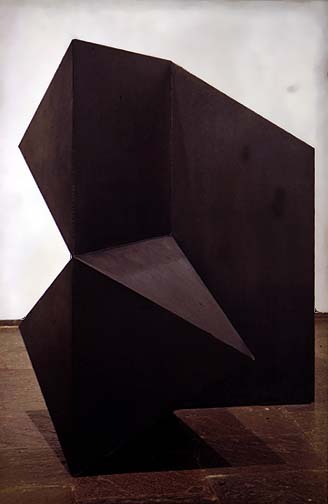 |
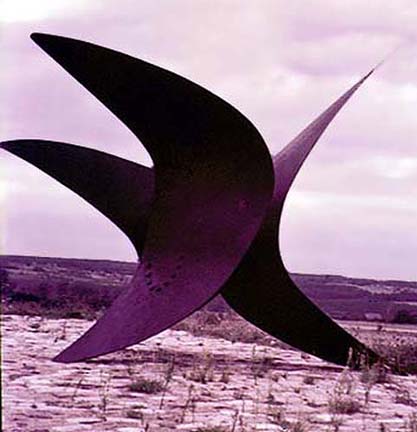 |
Composition |
|
| In these closed
form examples space appears filled up. |
In these open
form examples parts donít fill the space, they divide,
transverse and articulate it |
| Closed Form Examples: |
Open Form Examples: |
| Tony
Caro,"Midnight Gap", 1976 |
Tony
Caro,"Early One Morning", 1962 |
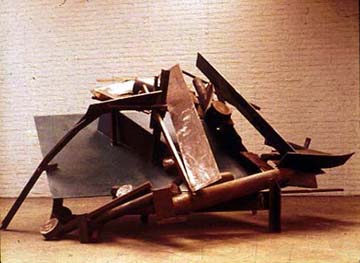 |
 |
| David
Smith,"Raven IV, 1962 |
David
Smith,"Tank Totem", 1956 |
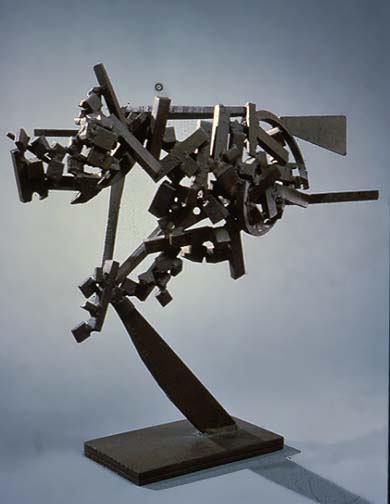 |
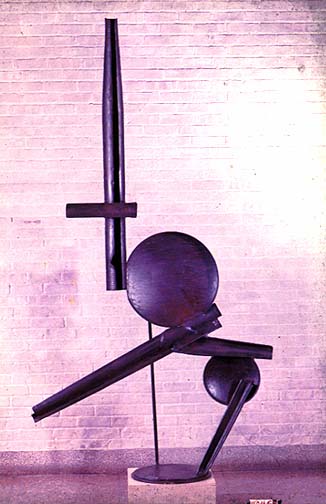 |
| |
|
| Figure/Ground
Relationship |
|
| In these closed
form example negative space is isolated from ambient space. |
In these open
form example, negative space invades the work and a quality of
lightness ensues. |
| Closed
Form Examples: |
Open
Form Examples: |
| A.
Archipenko,"Modeling of Light", 1947 |
David
Smith, Cubi XII", 1963 |
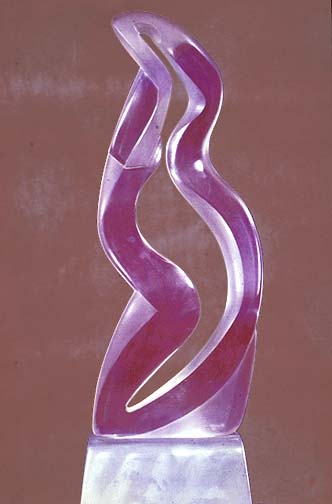 |
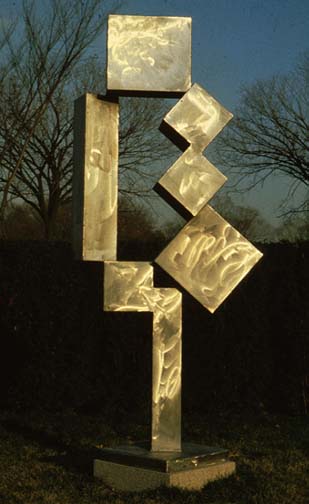 |
Martin Puryear,"Bower", 1980 |
Tony Caro,"Tempus", 1970 |
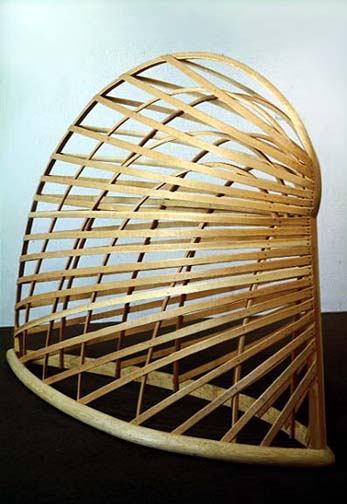 |
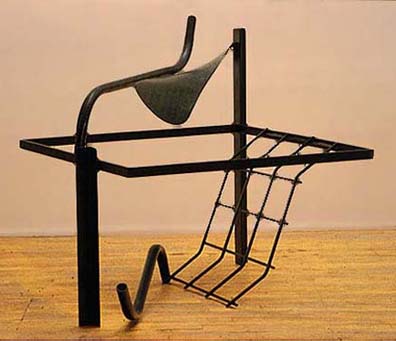 |
| |
|
Visual Focus |
|
| In this closed
form example the patterning of forms creates a specific order
for our viewing. |
In these open
form examples our eye keeps moving , there is no hierarchy of
position, eye movement is more continuous, it circulates freely. |
| Closed
Form Example: R. Smithson,"Plunge", 1966 |
Open
Form Example: David Smith,"Aerial Construction", 1936 |
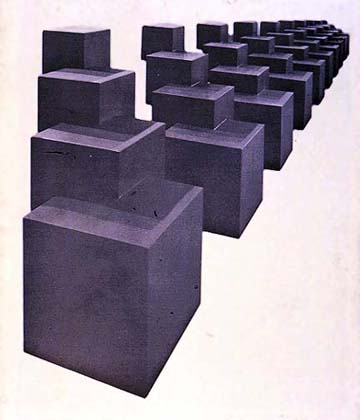 |
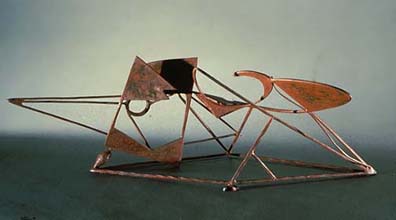 |
| |
and...
Calder,"Spiny", 1942 |
| |
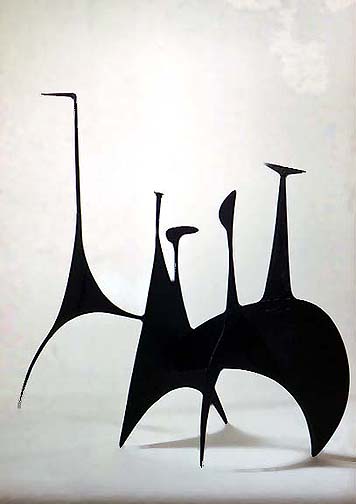 |
| |
|
| |
|


















